Thanks. Bill. BTW I ordered a used Craftsman 3D sander with extra discs from E-bay, now that I can't foresee needing it anytime soon

. But who knows? I couldn't resist. It looked like something I ought to have had when I was restoring furniture.

I do have a pen sander that I got from Micro Mark. I just didn't know that that's what it's called. The tips were still a little too big to fit in the tight spots I had to sand on the hull. I was able to cut the thin sponge sanding pads to the precise dimensions I required. The pieces had just enough stiffness to cut the high spots and ride over the low, with fine enough grit to leave only minimal scratches to finish over. I didn't want to erase the suggestion of individual planks entirely either. I'm pretty happy with the results.
Thanks again for all the interest and suggestions!

Pete






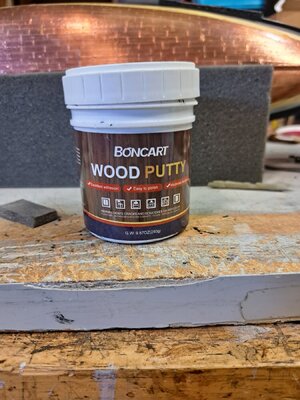
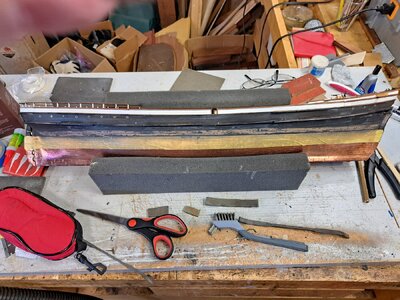
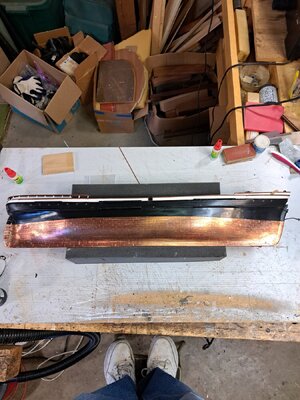
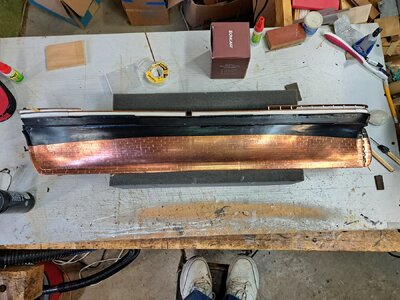
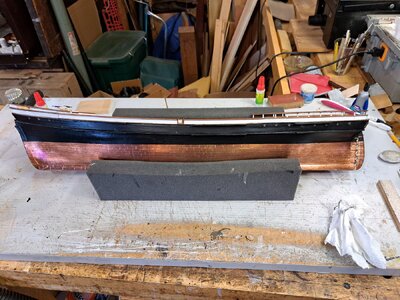
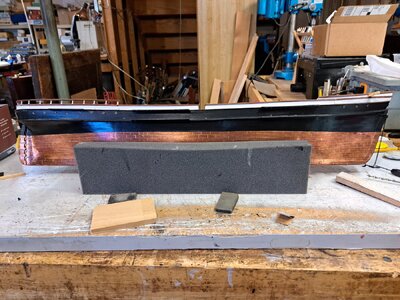
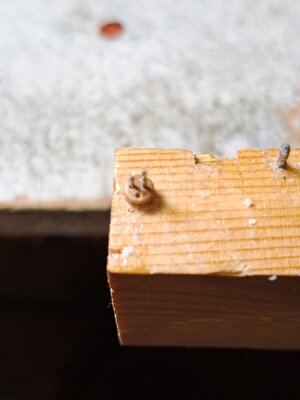
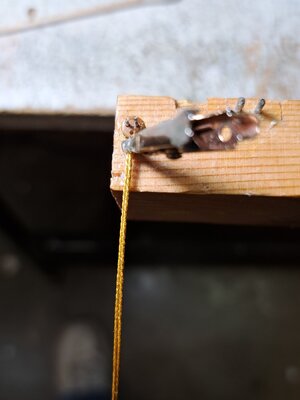

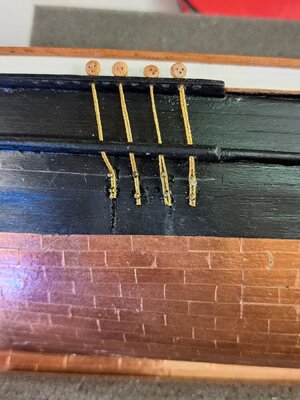
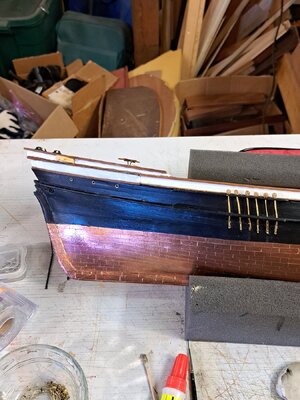
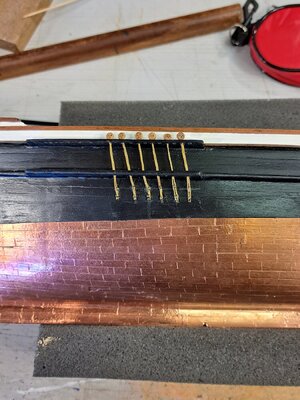
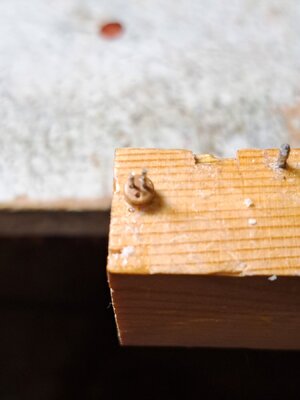
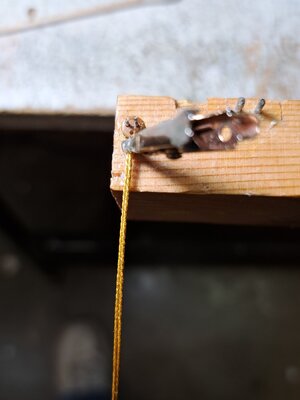
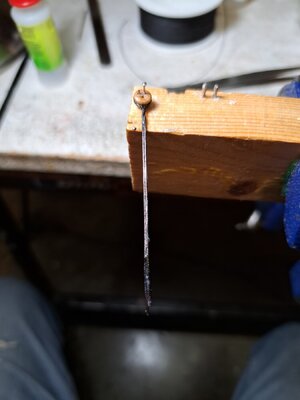
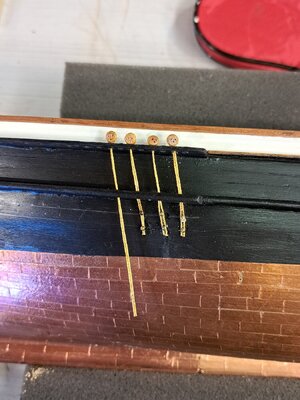
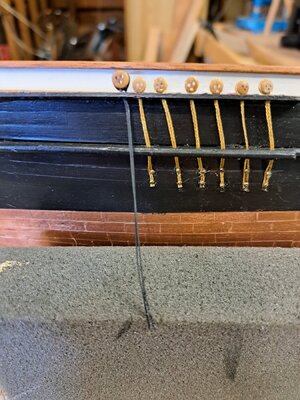
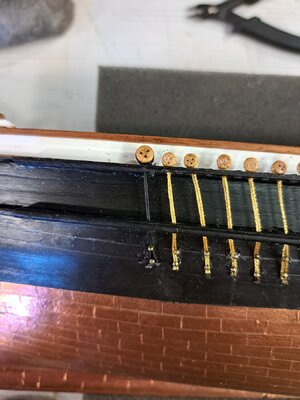
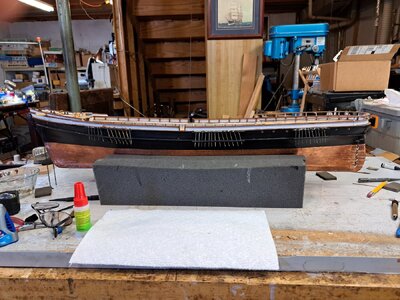
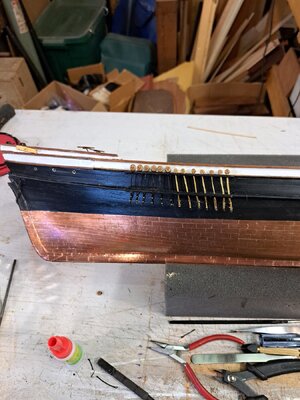
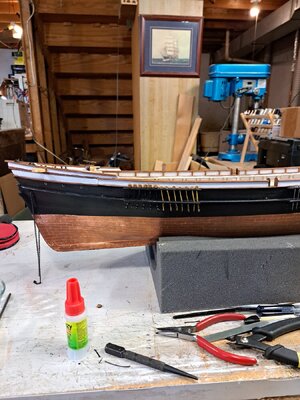
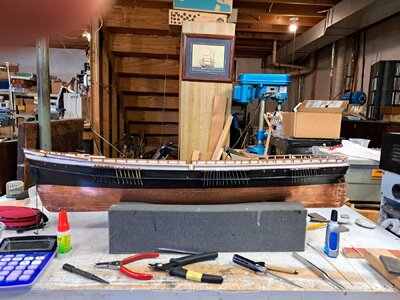
 Pete
Pete